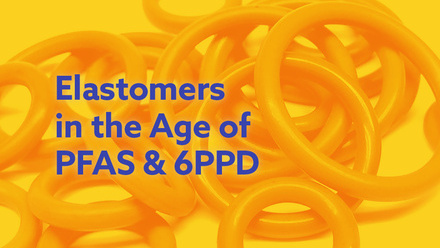Strategic importance of steel highlighted in climate race
A white paper on the future of steel highlights ticking climate clock, as geopolitics put the industry in the spotlight.

The steel industry currently accounts for 10% of global greenhouse gas emissions and the world will still need steel in the future. By 2050, says a new white paper from Outokumpu, the steel industry emissions need to be reduced by 90% compared to 2022 levels, a challenge that requires a deep transformation of the global steel industry.
Outokumpu identifies five critical shifts to accelerate the green transition and the needed industrial transformation.
The report suggests how the steel industry needs to evolve, through decarbonisation and moving beyond carbon, the significance of a stable and long-term regulatory environment, the need to move up the circularity value chain, the shared responsibility of green investments – and the need to reposition the green transition to gain traction with the public.
‘The strategic importance of steel and other resources is once again in the spotlight, as nations grapple with the challenges of ensuring industrial resilience and navigating the green transition,’ says Johann Steiner, Executive Vice President for Sustainability, Strategy and People at Outokumpu.
‘Tomorrow's challenges will demand a holistic approach, likely increasingly encompassing more planetary boundaries and higher social requirements. Recognising which phase of change an organisation is in is crucial for initiating the change that goes far beyond improving materials or reducing emissions.’
Figures from the paper show that steel is an industry closest to circularity, with nearly 85% of end-of-life steel being collected for recycling globally – though with only 30% of it used to produce new steel, there is still room for improvement.
Outokumpu is taking part in the Climate Week NYC, USA, 23-29 September, where it will share key future insights from the white paper.







